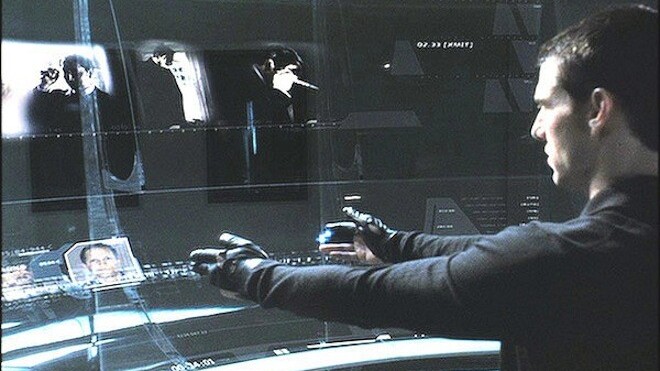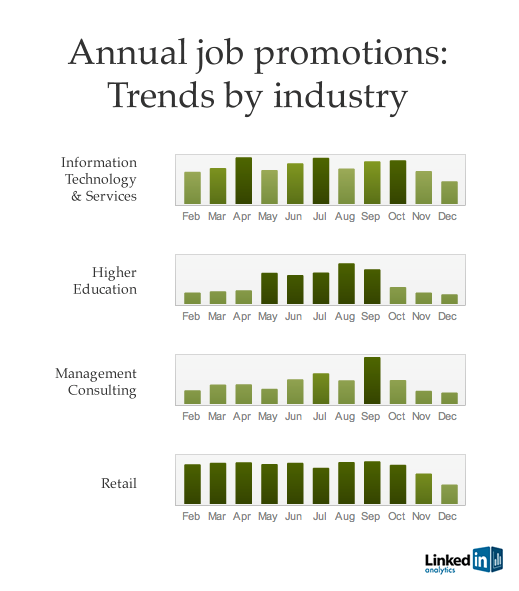
| This post is part of a series brought to you by GoToAssist. |
We recently talked about how startups can go about setting up a helpdesk to keep their customers well supported. Customer support is one of those areas of your business where it’s surprisingly easy to differentiate yourself — you’d be surprised to find that very few startups are really putting much of an effort in here.
It got us thinking: what will the helpdesks of the future look like? Everyone loves a good spot of future conjecture, and even if these things never come to pass, it’s fun to consider.
With that in mind, here’s are a few ideas of how the industry can change, as well as the methods by which the changes could happen. Come along. This should be fun.

Minority Tickets
You remember Minority Report, of course. That awesome computer system where Tom Cruise was able to control everything with a pair of gloves that allowed his movement to be tracked had geeks around the world drooling. With Microsoft’s Kinect, we’re a step closer to this but not quite there yet.
What’s interesting is that most helpdesk work isn’t very well suited to the large-screen format upon which a system like this would thrive. However, for a macro view, having the ability to swipe out old tickets and pick them up to move them into a different order would be welcome. Motion tracking such as what we have with the Kinect could allow this in the future, even if we’re still just jumping around in our living rooms for video games right now.
Immersive Displays
This is where the idea of motion control and true immersion could come into play. Put yourself into a position where you walk into a room, sit down at a desk and then have a 120-degree display just slightly above your eye level. It would allow you keep track of everything that’s going on, without having to address it directly. In front of you, you’d have a more traditional two-monitor setup (or perhaps a non-traditional version, something akin to virtual reality glasses).
This immersion, where you could nearly cause the world around you to disappear, would allow for a more centralized workflow. Instead of having to bounce back and forth between screens or computers, you could simply flick your hand to bring down the display of information that was relevant to you at any given time. Since we’re not speaking about physical monitors, but rather about a display that can expand or contract on demand, we’re also not limited to traditional plastic borders.
Intelligent Optimization
This is another area where I think that the entire helpdesk system could benefit. We have already seen smart-learning algorithms for Web-based content. What about one that learns the importance of a ticket by reading the words and data inside of it, effectively turning the entire process into a semantic method instead of simply first-come, first-served.
Undoubtedly there would need to be some serious work in order to make sure that things happen in the order that they should. But with learning algorithms getting “smarter” every moment, it wouldn’t be such a far stretch to imagine one that could re-order your lower-importance tickets for you, saving you time and effort.
Decentralized Process
The beauty of the system, as we’re talking about here, is that it only furthers the current trend of a decentralization. We already have employees of major corporations working from remote locations and that trend doesn’t appear to be slowing. With that remote method, studies have shown time and again that employees are happier, more productive and generally stay with a company longer.
While the technology that I’ve dreamed up here might not even exist yet, much less be affordable today, current iterations in hardware lead me to believe that it won’t take long for that to change. In the next few years, it will be cheaper, easier and continue to be more effective to have a helpdesk a few thousand miles away, staffed by the people who otherwise wouldn’t be able to work for your company.
Call it a dream list if you will, but these are some of the things I’d like to see. Have thoughts of your own? Give us your dream setup in the comments.
Get the TNW newsletter
Get the most important tech news in your inbox each week.




